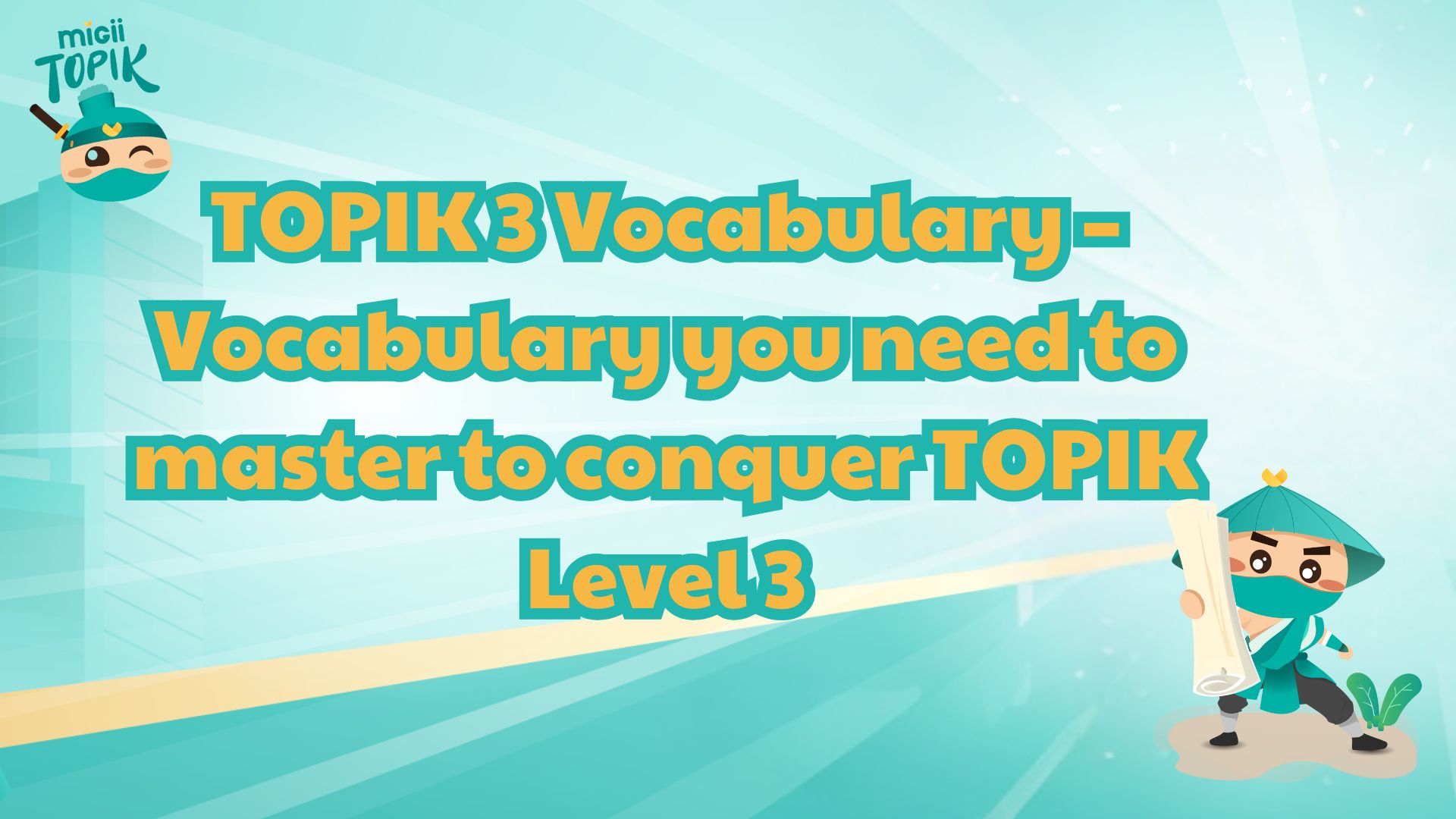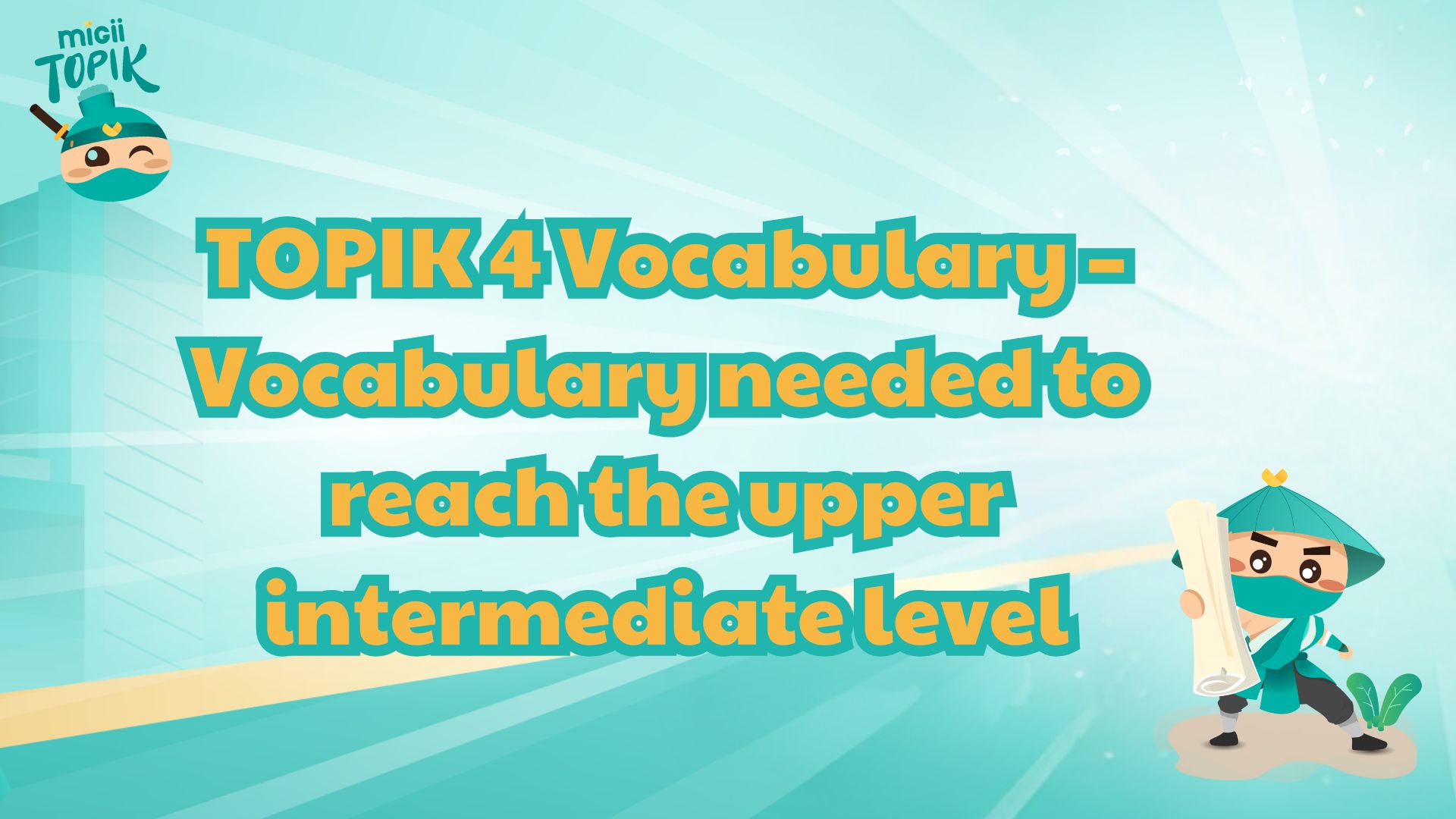Kanji for JLPT N4 is a key part of the exam that every learner must master to pass with confidence. In this guide, you’ll find the complete N4 kanji list with readings and meanings, along with practical study tips to help you memorize them faster and more effectively. Whether you’re reviewing for the test or starting your preparation, this resource will keep your learning organized and efficient.
What is JLPT N4 Kanji?
Kanji N4 refers to the set of Chinese characters tested at the N4 level of the Japanese Language Proficiency Test (JLPT). This level is considered elementary to pre-intermediate, requiring learners to recognize and understand common kanji used in everyday life. Mastering these characters is essential for improving reading comprehension in Japanese.
JLPT N4 is designed for learners who have studied basic Japanese grammar and vocabulary, and can handle simple conversations and written texts. It tests listening, reading and comprehension skills at a level above N5 but below N3. The kanji portion helps evaluate how well candidates can read signs, short passages, and simple articles.
Kanji plays a significant role in the JLPT N4 exam, as it directly impacts reading speed and comprehension. Knowing the required characters allows test-takers to understand context quickly and answer questions accurately. A strong foundation in kanji also makes progressing to higher JLPT levels much easier.
Essential kanji for reading and passing the JLPT N4 exam
How many kanji for JLPT N4?
In the JLPT N4 exam, you will encounter about 180 - 200 basic kanji. These characters provide an important foundation for moving up to higher levels like N3 and N2. By learning this range of kanji, you will be able to understand most signs, short texts, and simple articles in Japanese. This knowledge also makes your reading much smoother during the test.
Many learners often ask how many kanji jlpt n4 really requires. Different study materials may mention slightly different numbers for N4. Some may list around 120 characters, others 200, and some even close to 300. This variation exists because there is no official rule that sets the exact number of kanji for the N4 exam. The test focuses on your ability to read and understand common kanji rather than checking a fixed list.
JLPT N4 Kanji list with meaning
Many learners often ask how many kanji in jlpt n4 and which ones they need to focus on. These kanji are the most common characters you’ll encounter at the JLPT N4 level:
|
Kanji |
Onyomi |
Kunyomi |
Meaning |
|
一 |
イチ, イツ |
ひと-, ひとつ |
One |
|
二 |
ニ |
ふた, ふたつ, ふたたび |
Two |
|
三 |
サン |
み, みつ, みっつ |
Three |
|
四 |
シ |
よ, よつ, よっつ, よん |
Four |
|
五 |
ゴ |
いつ, いつつ |
Five |
|
六 |
ロク |
む, むつ, むっつ, むい |
Six |
|
七 |
シチ |
なな, ななつ, なの |
Seven |
|
八 |
ハチ |
や, やつ, やっつ, よう |
Eight |
|
九 |
キュウ, ク |
ここの, ここのつ |
Nine |
|
十 |
ジュウ, ジッ, ジュッ |
とお, と |
Ten |
|
日 |
ニチ, ジツ |
ひ, -び, -か |
Day, Sun |
|
月 |
ゲツ, ガツ |
つき |
Month, Moon |
|
年 |
ネン |
とし |
Year |
|
時 |
ジ |
とき |
Time, Hour |
|
分 |
ブン, フン, ブ |
わける, わかれる, わかる, わかつ |
Minute, To divide |
|
上 |
ジョウ, ショウ, シャン |
うえ, うわ-, かみ, あげる, あがる |
Above, Up |
|
下 |
カ, ゲ |
した, しも, もと, さげる, さがる |
Below, Down |
|
左 |
サ |
ひだり |
Left |
|
右 |
ウ, ユウ |
みぎ |
Right |
|
東 |
トウ |
ひがし |
East |
|
西 |
セイ, サイ, ス |
にし |
West |
|
南 |
ナン, ナ |
みなみ |
South |
|
北 |
ホク |
きた |
North |
Download Link:
How to study JLPT N4 Kanji effectively
Learning the jlpt level 4 kanji may seem challenging at first, but with the right methods, you can master them faster than you think. These characters are essential for reading everyday Japanese and passing the N4 exam. By following the tips below, you’ll be able to build a strong kanji foundation and study more efficiently.
Write kanji daily
One of the most effective ways to remember kanji is to write them every day. This practice helps you get familiar with the correct stroke order and the structure of each character. Start with the most common ones from the jlpt n4 kanji chart, and don’t rush to learn them all at once. Consistent writing will naturally strengthen your memory.
Practice writing kanji daily to improve memory and accuracy
Use flashcards
Flashcards are an excellent study tool for jlpt level 4 kanji learners. They make it easy to review meanings, Onyomi and Kunyomi readings, and example words. You can use physical cards or digital ones, which you can carry anywhere for quick study sessions.
Combine reading and writing practice
When you write a kanji, also say its Onyomi and Kunyomi aloud. This habit not only helps with memorizing how to write but also with pronunciation. It’s especially useful if you’re unsure about jlpt n4 how many kanji you have learned so far, as combining skills reinforces your overall progress.
Distinguish similar-looking kanji
Some characters in the kanji for JLPT N4 set look almost identical, which can lead to confusion. For example, 川 (river) and 千 (thousand) are easy to mix up. To avoid mistakes, carefully compare their details, such as stroke count and shape, and learn their meanings in context.
Learn through kanji learning apps
Apps like Anki, Quizlet, or Duolingo make learning more interactive and help you review characters from the jlpt n4 kanji chart at any time. Many use spaced repetition to make sure you don’t forget what you’ve learned, and some even track your daily progress.
Use kanji apps for interactive practice and long-term retention
Use a Japanese–Japanese dictionary
A Japanese–Japanese dictionary is a great way to deepen your understanding of jlpt level 4 kanji. It shows you meanings, example sentences, and related words in Japanese, helping you think more naturally in the language.
Learn basic radicals
Radicals are the core components of many kanji. By studying them, you can often guess the meaning of new characters you’ve never seen before. For example, knowing the radical 氵 relates to water can help you remember many words in the jlpt n4 kanji chart such as 河 (river), 海 (sea), and 泳 (swim).
Recommended resources
Finding the right study tools can make learning JLPT N4 kanji much easier and more enjoyable. Good resources not only help you remember characters faster but also keep you motivated. Here are some tried-and-true options that many learners find helpful
Best textbooks for JLPT N4 kanji
A good textbook gives you structure and clear explanations. Popular choices include Kanji Look and Learn, which provides pictures and stories to help you remember each character, and Basic Kanji Book Vol. 1 & 2, which covers the kanji you need for N5 and N4. Another great option is TRY! JLPT N4, which combines grammar, vocabulary, and kanji practice in one book. These books often include exercises and example sentences, so you can see the kanji in real contexts.
Use structured textbooks for clear explanations and practical kanji practice
Try N4
Kanji for JLPT N4 becomes easier to master when combined with the TRY! N4 textbook, a well-known resource that explains grammar clearly, provides vivid examples, and offers diverse exercises. This book not only strengthens vocabulary, kanji, and grammar but also improves listening, reading, and writing skills aligned with the JLPT N4 exam format.
Download Link:
Kanji Master N4
Kanji for JLPT N4 learners will find the Kanji Master N4 textbook an excellent resource, covering 207 essential kanji with clear stroke order guides, practical vocabulary, and example sentences. Its topic-based structure and review exercises make mastering N4 kanji more efficient and engaging.
Download Link:
Mobile apps and online platforms
If you like studying on the go, mobile apps are a great choice. Anki is well-known for its flashcard system with spaced repetition, perfect for memorizing kanji over time. Kanji Study is another highly rated app that lets you practice writing with your finger and track your progress.
Websites like WaniKani or JapanesePod101 also offer structured kanji lessons and quizzes. The best part is you can learn anywhere on your phone, tablet, or computer.
Downloadable kanji PDFs and practice sheets
Sometimes the simplest tools are the most effective. Printable kanji PDFs and practice sheets give you a chance to write characters by hand, which improves memory. Many websites offer free JLPT N4 kanji charts, stroke order guides, and practice worksheets you can download. Printing a few sheets and practicing every day is a low-cost, high-impact way to strengthen your skills.
Conclusion
Mastering kanji for JLPT N4 is an important step in your Japanese learning journey. With consistent practice, the right resources, and smart study methods, you can build a solid foundation for reading and understanding everyday Japanese. Focus on learning the most common characters, review them often, and connect them to real-life examples. This steady approach will not only help you pass N4 but also prepare you for higher JLPT levels with confidence.








